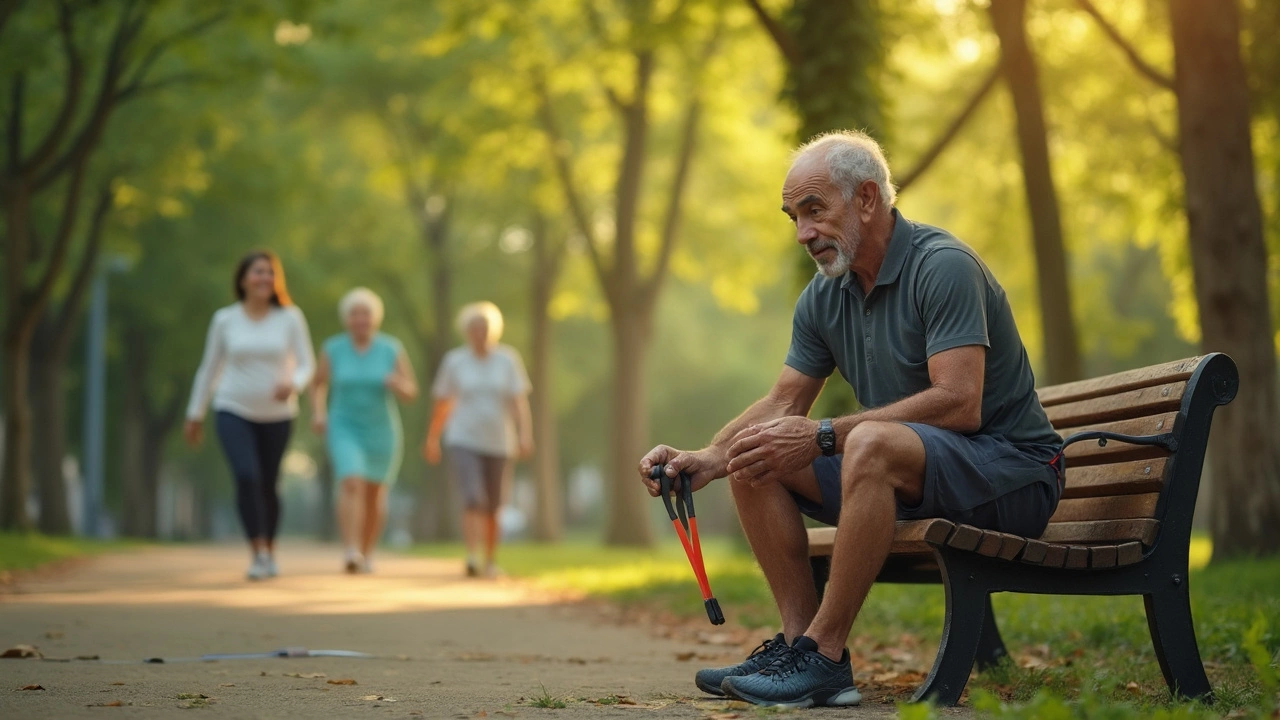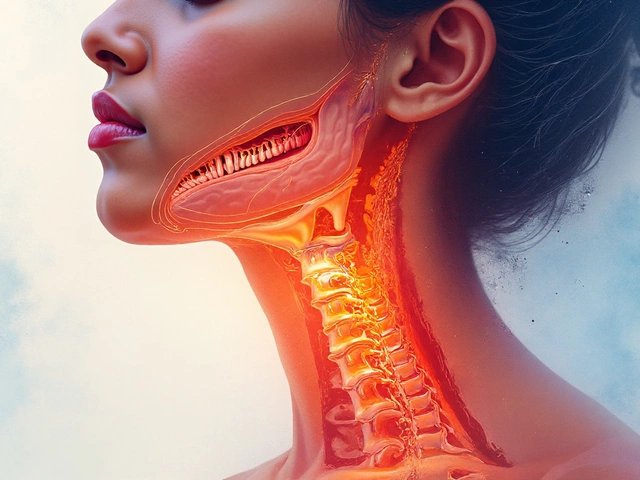Bone‑on‑Bone Joint Pain: What It Is and How to Fix It
When doctors say you have a “bone‑on‑bone” joint, they mean the cartilage that cushions the ends of your bones is worn away. Without that protective layer, the bones rub directly against each other, causing sharp pain, stiffness, and swelling. It’s the classic picture of osteoarthritis, but the term applies to any joint where cartilage is gone.
Most people notice bone‑on‑bone pain in the knees, hips, or hands because those joints bear a lot of weight or move a lot. If you’ve felt a grinding sensation when you stand up, or if simple tasks like climbing stairs feel like a chore, you might be dealing with this condition.
Why Bones Rub Together
Cartilage acts like a shock absorber. Over time, repeated stress, age, injury, or genetics can thin it out. When the cartilage thins too far, the bones start to touch. Think of it like two pieces of wood rubbing without a cushion – they can scar and create noise.
Inflammation often follows because the body tries to protect the joint. Swelling makes the joint even stiffer, and the cycle of pain and limited movement speeds up. If you’ve had a past fracture or a sports injury, that spot is a common hot‑spot for cartilage loss later on.
How to Manage Bone‑on‑Bone Pain
First, see a doctor for a proper diagnosis. X‑rays or MRI scans will show the extent of cartilage wear. From there, treatment usually starts simple: weight management, low‑impact exercise, and over‑the‑counter pain relievers.
Physical therapy can teach you joint‑friendly movements that keep muscles strong without stressing the joint. Many people find relief with aquatic exercises, because water supports the body and reduces the load on the joints.
If pain persists, doctors might suggest prescription medications, steroid injections, or hyaluronic acid shots to lubricate the joint. These options can buy you time and improve function.
When conservative treatments aren’t enough, surgical options become realistic. A total joint replacement swaps the damaged joint for a prosthetic one, eliminating the bone‑on‑bone contact entirely. Partial replacements or resurfacing are alternatives when only part of the joint is affected.
Don’t forget lifestyle tweaks. Cutting back on high‑impact activities, using supportive shoes, and applying heat or cold can all lower discomfort day‑to‑day.
Bottom line: bone‑on‑bone isn’t a life sentence. Early detection, smart lifestyle choices, and the right medical care can keep you moving comfortably for years to come.





